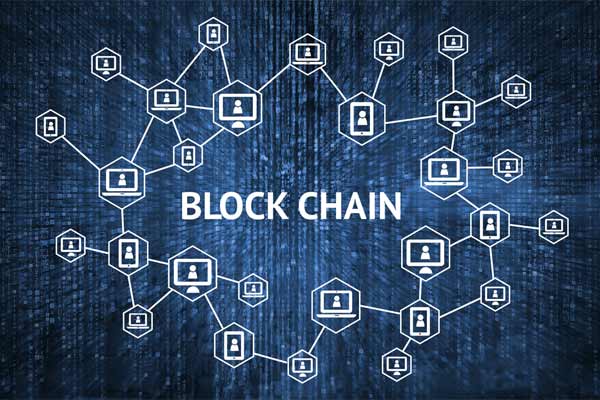Earlier this year, Bitcoin reported that “miners”—volunteers who notarize Bitcoin transactions—have begun investing heavily in solar as a way to offset electricity costs from large, automated computing equipment.
Mining offers a way to authenticate Bitcoin transactions since Bitcoins aren’t not tied to a central government. Bitcoin incentivizes these miners—who are really just tech-minded Bitcoin enthusiasts with large computer stations—by offering them a reward of 12.5 Bitcoins for their work. To earn the reward, mining computers must correctly guess the next sequence in a long line of numbers and letters.
Miners don’t actually dig anything, they create complex computer systems that blindly try strings of encrypted numbers until they find the right key.
Unfortunately, these systems can be hugely energy-intensive, which has caused large mining operations to cluster in places like China, where electricity is much cheaper. It’s also made it more difficult for smaller miners to earn Bitcoins since the energy costs can be prohibitive.
To fight back, smaller miners are equipping their servers with solar panels. Solar allows them to lower their operational costs, simultaneously democratizing the Bitcoin mining ecosystem.
The link between solar and blockchain runs much deeper than that, though. Interestingly, the first movement toward a blockchain economy is occurring at the exact same moment that experts have begun to question the viability of a centralized electricity utility.
Distributed solar energy networks—or microgrids, as they’re also called—allow neighbors to generate and trade their own energy without any utility involvement. And that fact is starting to diminish the standing of large utilities as a community necessity.
That’s exactly what startup SolarCoin is banking on, anyway. The community uses a cryptocurrency to pay solar-enabled homeowners for excess energy. In many ways, their model mirrors the net metering incentive that many utilities offer to grid-tied solar households.
The key difference, of course, is that SolarCoin participants can use credits like actual currency, instead of remaining tied to a utility account scheme. It also hints at a future in which electricity-generating consumers could become major power players in the energy infrastructure.
It’s that same technological potential that is powering the Brooklyn Microgrid, a peer-to-peer solar project launched to much fanfare last year by LO3 Energy. The microgrid allows customers to share energy through a local community market—all using blockchain.
Blockchain makes these kinds of efforts possible because it creates an organizational infrastructure for the exchanging of goods—or in this case, kilowatts. The same string of characters that verifies currency transactions can easily be tied to physical items, or even kilowatts of energy.
In this way, it’s possible to essentially chart electricity as it makes its way around microgrids, without necessarily relying on a complex utility-scale grid.
A smaller, distributed grid is actually a much more efficient way to transfer energy, too. Smaller networks just don’t experience the energy loss of larger grids, mainly because the electricity there doesn’t have to travel as far to its final destination.
With solar gaining more and more of the energy market share—and blockchain poised to disrupt conventional currencies—more energy providers would do well to initiate these kinds of projects, lest they go the way of the dodo.












Comments